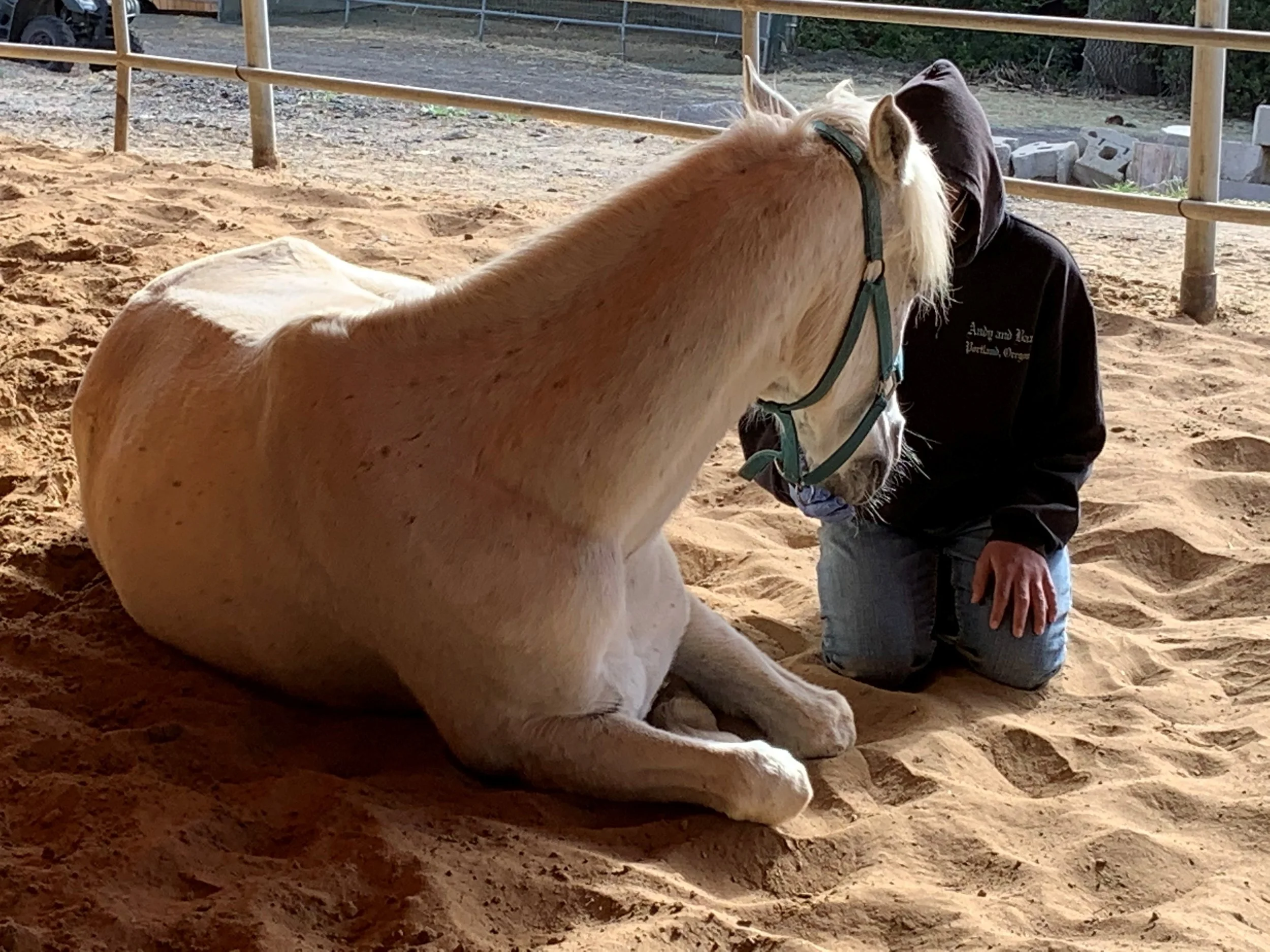Equine Therapy
The feeling is tangible. Moods take on brightness, and demeanors change. Shoulders are back, and heads are held high as youth gracefully guide their horses around the covered arena.
Equine Assisted Therapy (EAT) has been used to treat young people who suffer anxiety or have experienced trauma since the 1960s. Horses are both prey and herd animals, and the combination of the two makes them keen observers, hyper-vigilant, and sensitive to their surroundings. Horses can hear a human heartbeat from four feet away, and mirror behavior; careful observation of horse behaviors around those suffering trauma enables trained EAT therapists to identify underlying issues in a different environment.
Youth Homes is fortunate to partner with Zenerosity and Rusty Halo, who, between them, provide space, horses, and therapists to run an EAT program. The program supports more traditional treatment plans and offers an opportunity for youth to open up in a calm, outdoor setting. The non-judgmental and unbiased relationship that develops between client and horse is crucial to the therapy. EAT expert Steph explains horses only react to a client's emotions. Impartial and unbiased by physical appearance or past mistakes, horses can increase self-confidence and self-esteem in their rider.
Foster youth have often suffered a loss of control. They are told where to live, what to do, and where to go. They have so much to process, but on a horse, they take control. It takes focus and energy to lunge a horse. The first time a youth guides a horse without a lunge line, it is a powerful feeling and gets youth into their own body, taking control of a moving animal. When they finally ride, they sit up and look ahead to where they are going.
We look forward to broadening our program to include youth from all our wellness programs. With the recent focus on enrichment fundraising, our goal is to offer EAT to any youth in our program to heal from past trauma in a supportive environment.


